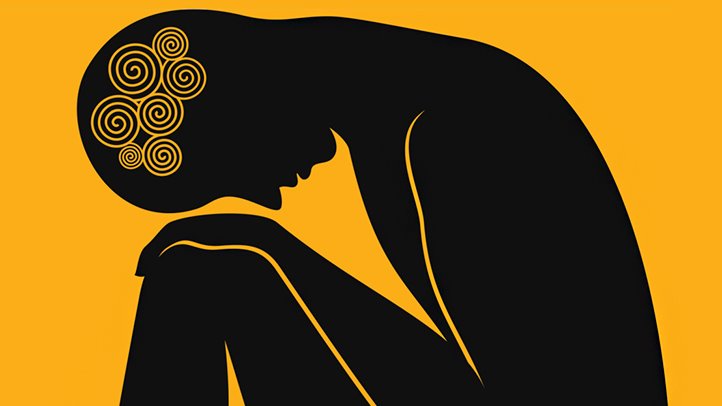OCD + T1D: My journey to tame the torments of invisible illness
I thought I would feel safer this way, but instead I felt completely isolated—not only from my peers at school and work but from the T1D community as well.
By Paige Tendler
 Living with type 1 diabetes (T1D) can often come with more than just its physical challenges. With the tremendous physical toll it can take on our bodies, we often forget to talk about the psychological ones. I have struggled with anxiety and obsessive-compulsive disorder (OCD) all my life, and as I grew older my anxieties seemed to adapt to whatever current challenges I was facing.
Living with type 1 diabetes (T1D) can often come with more than just its physical challenges. With the tremendous physical toll it can take on our bodies, we often forget to talk about the psychological ones. I have struggled with anxiety and obsessive-compulsive disorder (OCD) all my life, and as I grew older my anxieties seemed to adapt to whatever current challenges I was facing.
Like many young people in their 20s, I found myself completely overwhelmed. Life just wasn’t cooperating with my plan for it, and managing my diabetes didn’t feel like much of a priority with so much else going on.
My blood-sugar levels were constantly high, my diet consisted of whatever was fast and convenient, and I didn’t feel I had the time to regularly check in with doctors or medical professionals. I began to accept that this was as good as it gets for someone like me. My anxiety was at an all-time high, and with so many variables that felt out of control, my OCD grabbed onto the most consistent thing in my life—my diabetes.
I distinctly recall one summer night in Atlantic City. I was having a milkshake and some fries, like many times before I took a quick guess at how many units to bolus and carried on with my evening. About an hour later I was having a serious low. I had greatly over-estimated the insulin and was sitting on the boardwalk—shaky, delusional, and covered in glucose tablet dust. I felt crippled by the fear that this milkshake and fries would be the end of me.
From that night forward I began to cut out carbs almost entirely, refused to give myself more than one unit of insulin per meal, and avoided unfamiliar foods at all costs. I became obsessive about carb counting and testing my blood sugar. I thought I would feel safer this way, but instead I felt completely isolated—not only from my peers at school and work but from the T1D community as well. I would cringe at social media posts from people in the community flaunting their experimentation with meals and new technologies. I considered them reckless and ignorant, but the truth was I was just angry and jealous that I wasn’t allowing myself to have these experiences anymore.
It dawned on me that I was no longer living my life with diabetes—diabetes was living my life for me. That’s when I knew it was time to get help. I started by opening the lines of communication between friends and family, invested the time in equipping myself with a fantastic team of doctors and mental health professionals specializing in diabetic patients (they exist!), and started the long journey to believing in myself again.
When I started getting more involved in the T1D community, I found people going through similar experiences. I was so relieved to know that the help and understanding I was looking for was there all along—I just hadn’t been open enough to let them know that I was looking for it.
It was with a lot of support from others and a conscious effort every day that I finally found the power to say no to fear. There are days that still feel incredibly difficult. I have to remind myself that this journey will probably always be a work in progress, as with anything else in life. And while I continue to face new challenges daily, I do so knowing that I do not have to carry the weight of my fears alone.
We encourage you to explore the following JDRF resources for education and support:
JDRF TypeOneNation community forum
JDRF Eastern PA events
2019 TypeOneNation Summit
JDRF Eastern PA Outreach Manager, CarlaAnn Henry, at 610-227-0361 or chenry@jdrf.org
Paige Tendler is an artist, student, and active member of the type 1 diabetes (T1D) community. She was born and raised in Manhattan, NY but calls Northern Philadelphia her home. Paige is a pump user and has had T1D for over 12 years. She strongly believes that all good purses should be able to hold at least one juice box.